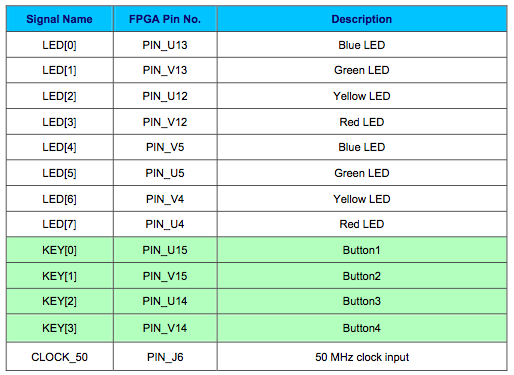

- #Can modelsim run altera quartus ii how to
- #Can modelsim run altera quartus ii install
- #Can modelsim run altera quartus ii full
- #Can modelsim run altera quartus ii download
- #Can modelsim run altera quartus ii free
The Quartus GUI uses the MIT-SHM X11 extension to speed up its interface so we need to use the -ipc=host to share the docker host's shared memory space with the docker guest in order to use the GUI, so in the case you don't use the GUI, you are free to remove this option.
#Can modelsim run altera quartus ii how to
How to get the license files for those legacy software is out of the scope of this document, you have to contact with the vendor or one of their distributors. ti $QUARTUS13_IMAGE LM_LICENSE_FILE, and MGLS_LICENSE_FILE environment variables are needed to point the license files, the first one is needed when you use the Standard Version of Quartus, and the second one only when you want to use ModelSim Altera Edition instead of ModelSim Altera Starter Edition, and due to the licenses are tied to a specific host ID, you can pass that specific MAC address in the LICENSE_MAC variable. e MGLS_LICENSE_FILE= $MGLS_LICENSE_FILE \ This is the main script excerpt that invoke the docker instance: In Linux it invokes the scripts passing the whole current user context directly to the container instance, that means it shares: /etc/passwd to provide user information, /etc/group to provide group information, /tmp/.X11-unix to share X's Unix Socket for GUI applications, $HOME directory to have access to all user files inside the container instance, and sets $PWD as the current working directory, so in this way you can execute the tools seamlessly and integrating them in your own build scripts. There is a main script named quartus13 that calls docker run with the proper environment variables and arguments, also, there are some scripts files in each directory that invoke the quartus13 main script referencing the tool to be executed, the idea is that you can access every tool from the host system, it mounts the user context in an ephemeral container and call the tool with the parameters provided on the host call.

They are located in the shell, powershell, and cmd directories, and the main idea is to provide support for Linux Docker and Desktop Docker over WSL2 for Windows users.
#Can modelsim run altera quartus ii full
There are some scripts provided in this repository to execute the most common Quartus tools like quartus_asm, quartus_fit, quartus_map, quartus_sta, and the full GUI quartus IDE. If you want to perform the synthesis flow you only need this file (you can check its MD5 sum):ĭocker image prune -filter label=stage=builder Running the image
#Can modelsim run altera quartus ii download
Here there are the different devices supported by each version: Device familyįor use the Web Edition you can download Quartus II 13.0sp1 Web Edition from vendor website, either the complete combined file or the individual files, the combined file is just a tar file with the necessary files inside a components directory.

#Can modelsim run altera quartus ii install
You can install either the Web Edition or the Standard Edition of the software, for the last one you must provide the proper license files, to find the differences between the two versions you can look up in the vendor website. Installing such old software on modern systems is kind of a difficult and tedious task, so I hope these Dockerfiles will be useful for you. That is why here is a Dockerfile that ease your approach to the FPGA world setting up a working environment with the needed tools to develop on Intel/Altera FPGAs, it setups an old version of the software, in fact it is from 2013, but it works OK with a lot of devices families. If you want to start programming right away on your recently bought FPGA devkit or in some cheap recycled board, you will probably get astonished to realize that you need to download about ~15GB of bloatware just to get started and build the simple blinky example, although that logic synthesis and technology mappings are difficult problems they don't require that amount of complexity shifted to the tooling environment setup nor rest it on the newcomer hobbyist/engineer shoulders. When you decide to learn programming digital circuits at first you bump into a big wall, the learning curve is steep and a part of this is the difficulty in creating an environment with the necessary tools to get started.ĭespite the efforts of the open source community to support development for the major FPGA vendors, there are not a mature project yet with support for Intel/Altera FPGAs, that kind of work require a huge amount of reverse engineering effort, luckily there are projects working in this direction. EDA Tools: Intel/Altera Quartus II 13.0sp1


 0 kommentar(er)
0 kommentar(er)
